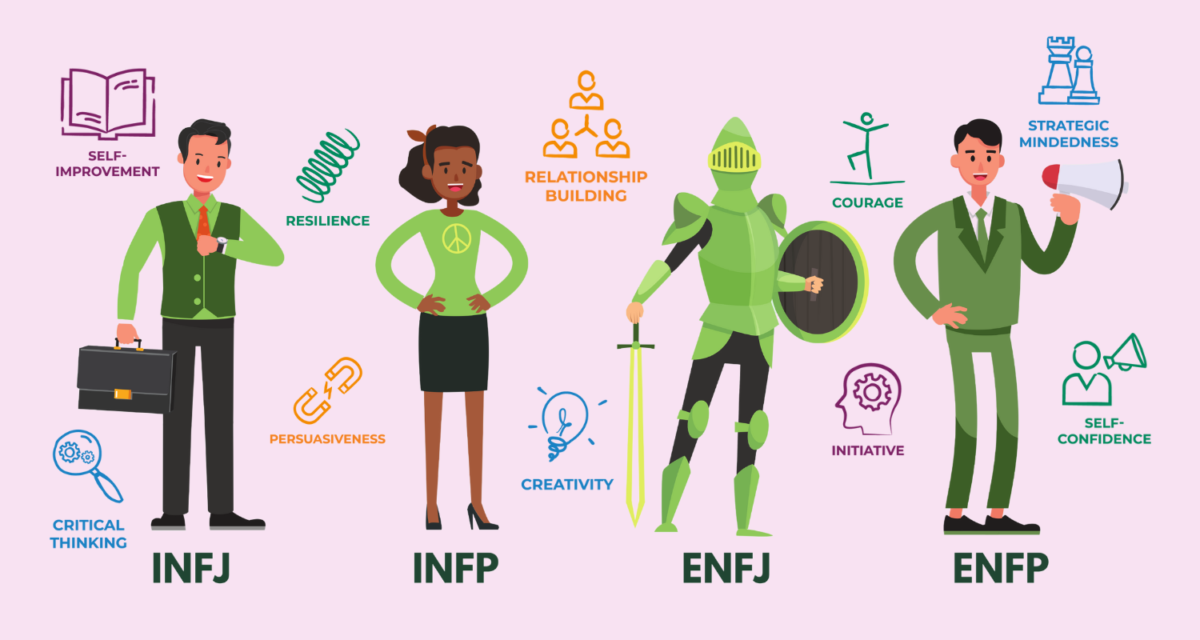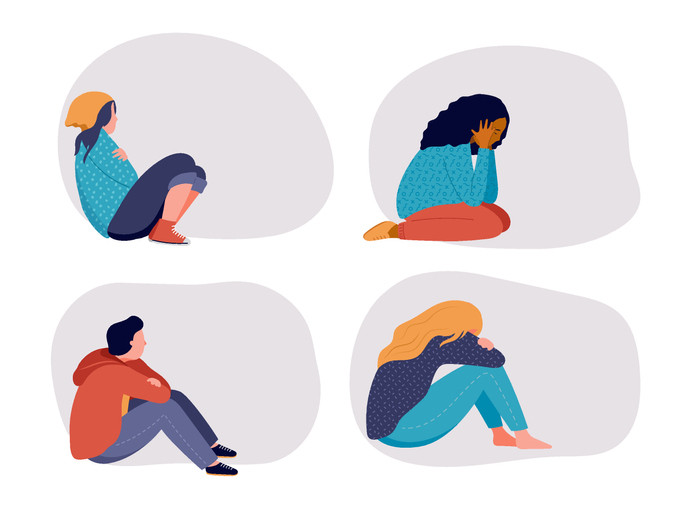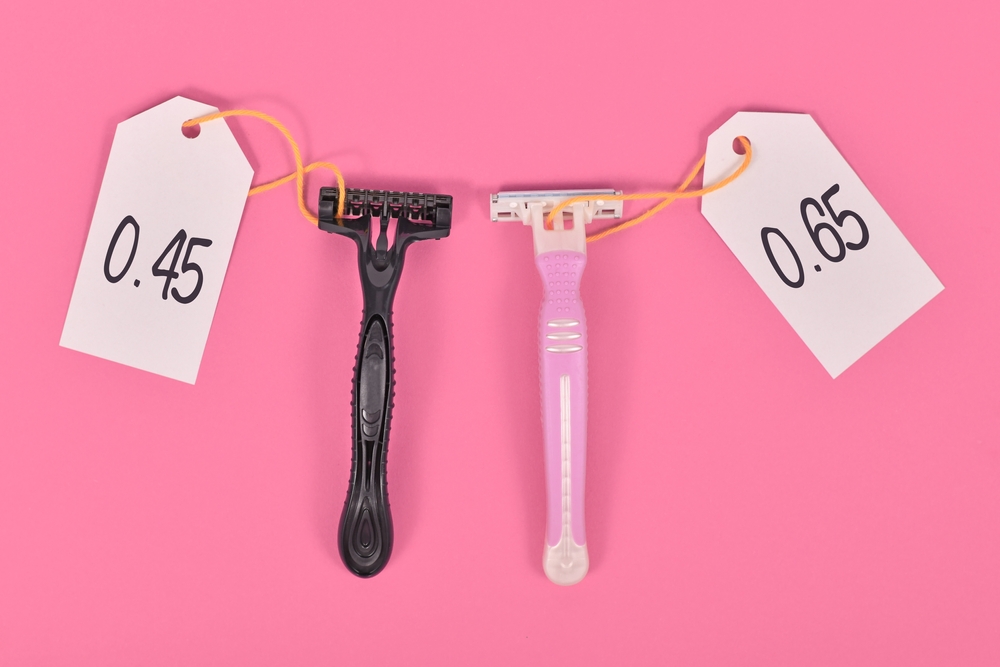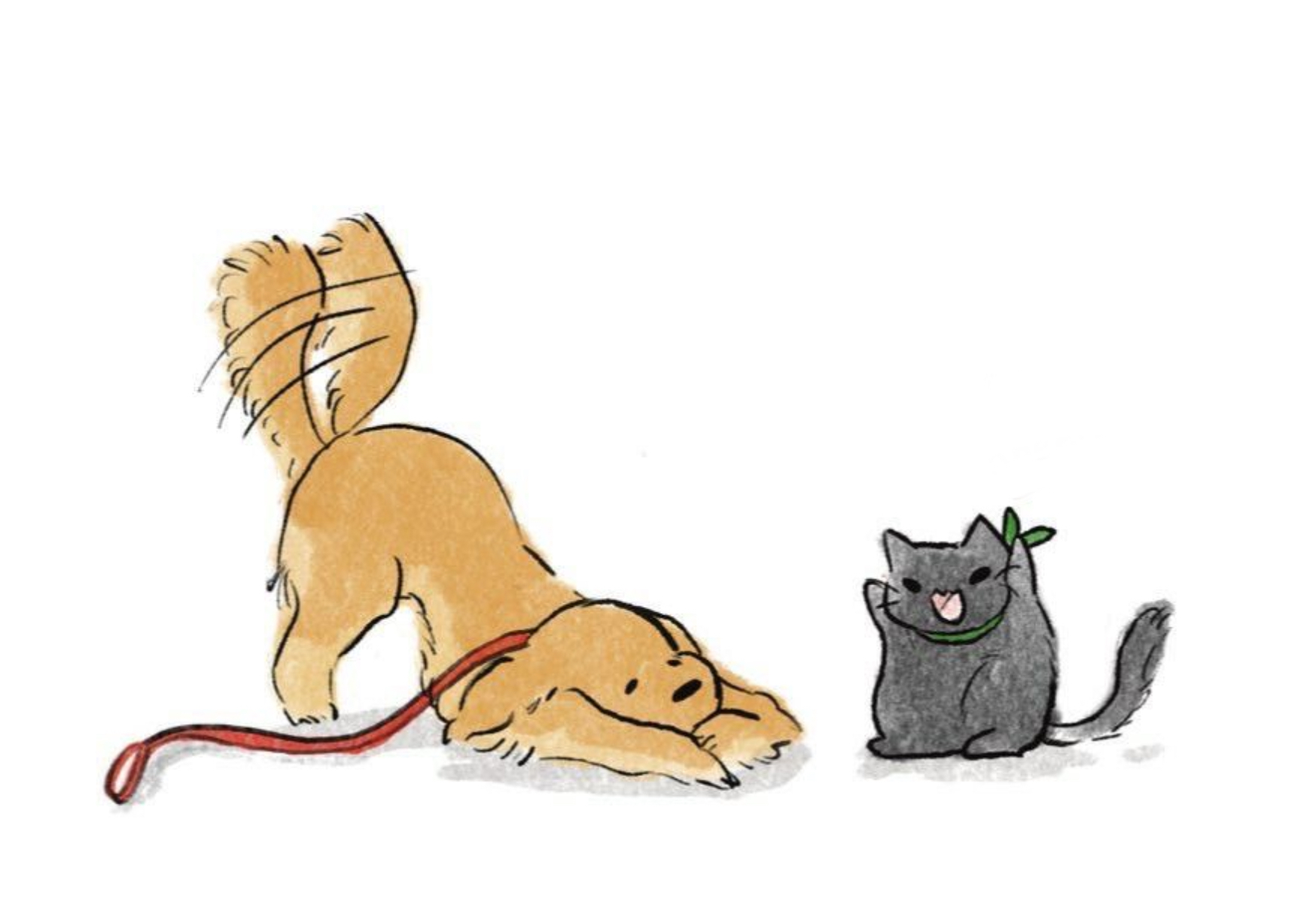Ryan Hu (10) | STAFF REPORTER
Humans, as social creatures, have always judged others based on their initial appearance. The drive to understand others better has inspired the creation of systems like the Chinese Zodiac and Western astrology, which attempt to describe a person’s personality based on when they are born. This tradition has continued into the present day, and in the post-social media era, universal and simple descriptors for a person’s personality are more in-demand than ever before. Currently, two of the most popular ways of measuring personality are Myers-Briggs and 16 Personalities, but which is better?
The Myers-Briggs Type Indicator (MBTI) is a personality test first published in 1962 by Katherine Briggs and her daughter Isabel Myers, based on the research of Carl Jung. It evaluates four dimensions of personality and attributes a letter to each, creating 16 personality types (like alignment in Dungeons & Dragons). It measures an individual’s preferences in perceiving the world and making decisions, and is supposed to remain constant all throughout their life.
On the other hand, the 16 Personalities website, created by NERIS Analytics Limited, uses a model based on the Big Five personality traits while retaining the acronym system of Myers-Briggs. The Big Five system evaluates five factors instead of four; for each factor, individuals are evaluated on a scale between two extremes. This system measures an individual’s conscious personality traits, allowing results to change as they themselves change.
In attempting to simplify the Big Five system, NERIS decided to incorporate the type-based acronym system of the MBTI, sacrificing more scientifically accurate results for intuitiveness and completely missing out from the benefits of the Big Five. This is worsened by the colourful caricatures the site uses for each of the 16 personalities, forcing testers into pre-defined boxes and using generic advice to make people feel better about themselves.
The MBTI itself isn’t particularly accurate, either. Carl Jung was certainly a pioneer in his field, and this shows in his work: the model that the MBTI is based on was created without empirical evidence. Myers and Briggs (who, in fact, were never professionally trained psychologists) then added on to his theory by simplifying it to make it more accessible for the public. The result is a test with very low reliability: if one retakes the test after five weeks, there is a 50% chance that the result will be different.
Ultimately, there isn’t a good option between the two. On one hand is an outdated disaster that has as solid of a foundation as the Metaverse, and on the other is a Frankenstein’s monster that has completely ruined what backing it might have started with. At least 16 Personalities is free, compared to the MBTI® ‘s price tag of US $49.95.
Psychology is a difficult subject: Human nature is immensely more difficult to prove than physics or chemistry. In a world where more employers rely on faulty personality tests for jobs, MBTI-style personality types have become the new astrology, claiming to predict one’s behaviour, yet showing little evidence of being able to do so. Thus, the solution is to switch to a test created using modern scientific methods, like the aforementioned Big Five. However, even the Big Five is facing criticism as a growing body of evidence suggests an additional sixth trait. No matter what happens, the field of psychology will always present new, differing models to keep up with new discoveries. The old ones should rightfully be thrown away.



